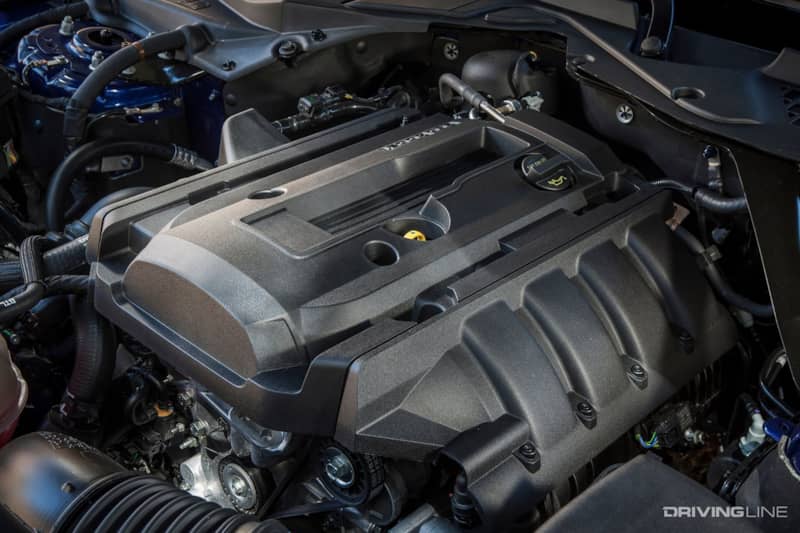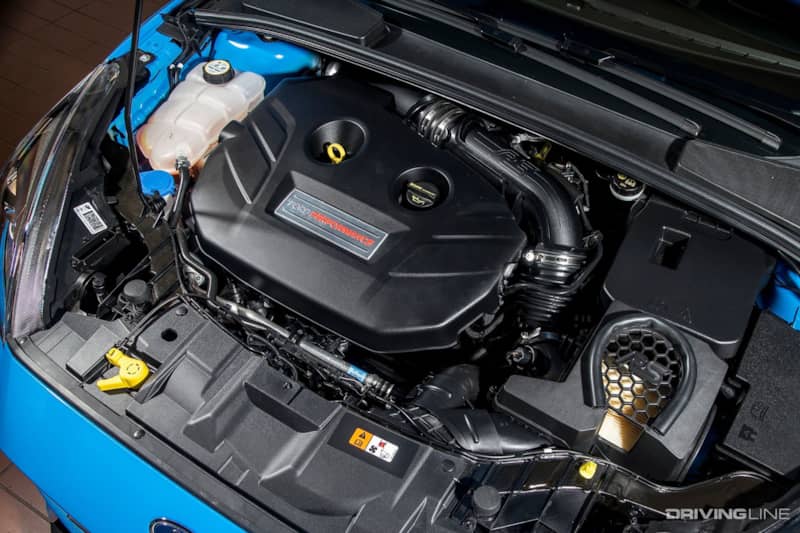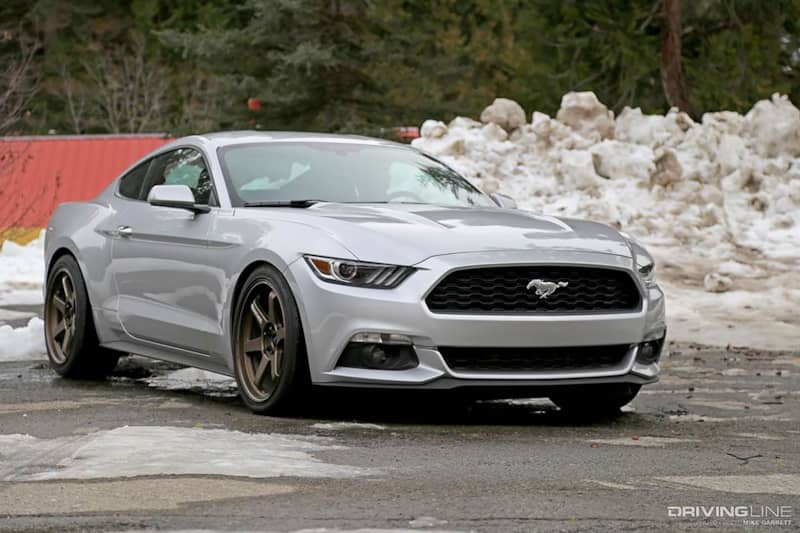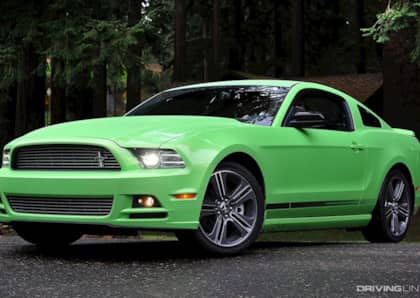The Replacement for Displacement: How Ford’s 2.3L EcoBoost killed off V6s and V8s
At this point it’s absolutely no secret that smaller displacement turbocharged engines are taking the place of larger naturally aspirated engines all across the automotive world. And the change has happened pretty quickly.

From compact cars to fullsize pickups, there’s no segment that’s been unaffected by this shift in engine strategy—and arguably one of the most dramatic and successful applications of this comes from Ford’s implementation of the 2.3L EcoBoost engine.

The 2.3 is the largest of Ford’s EcoBoost four cylinder engines, first appearing the Mustang for the 2015 model year along with the Lincoln MKC crossover SUV.

Initially, the S550 Mustang was offered with three different engine options, with the 2.3 EcoBoost being the midlevel option that sat between the base 3.7 liter naturally aspirated V6 and the 5.0 Coyote V8 in the Mustang GT.

With the V6 being a carryover engine it was the EcoBoost that got that all the attention in the 2015 Mustang. It made 310hp and 320 pound feet of torque—numbers that were equal to the old 4.6L V8 that used to power the Mustang GT.
Along with improved fuel economy, the EcoBoost also delivered a much flatter torque curve than the Mustang’s NA V6, and with tightening fuel economy standards, Ford dropped the V6 in 2018, making the EcoBoost the new base power plant.

And while the later V6 Mustangs were actually quite quick in their own right, there hasn’t been a large negative outcry over its replacement with the four-cylinder.

Not only is the turbo engine’s torque more accessible, when it comes to the aftermarket there’s a lot more potential for cheap power upgrades when dealing with a turbo engine. And if you want an aspirated engine that loves to rev, the GT’s V8 is still there for you.

Soon Ford started dropping the 2.3 EcoBoost into other vehicles, from the family-hauling Explorer to its ultimate hot hatchback Focus RS, which packs a 2.3 making a very stout 350 horsepower.

And while a turbocharged four-cylinder is traditional engine choice for a hot hatch, in other more pedestrian vehicles the 2.3L has continued to establish itself as a worthy and often superior rival to a larger V6.

Take the current Ford Ranger pickup for example. In the American market the Ranger’s sole engine choice is a 270hp variant of the 2.3L EcoBoost. And even with the four cylinder engine, the Ranger still manages to be quicker than V6 competitors like the Chevy Colorado and Toyota Tacoma.

Even more importantly, the 2.3 EcoBoost will get another bump in popularity serving as the base engine for the new 2021 Ford Bronco. Given how popular the Bronco is likely to be, brands that do upgrade parts for the 2.3L must be quite excited.

While there’s always something to be said for the mechanical simplicity, response and linear nature of naturally aspirated engines, the growth of engines like the 2.3 EcoBoost has truly opened up the potential for tunes and significant bolt-on power upgrades in a lot of vehicles where that was previously rare. Going back even further into history, you could even say the 2.3L EcoBoost four cylinder has taken on the role an entry level small block V8 would have back in the '80s and '90s.

Having been on the market for more than five years now, it’s fair to say Ford’s 2.3L EcoBoost platform has proven itself as worthy powerplant in everything from pony cars to hot hatches to off-roaders.

It might be smaller than the naturally aspirated engines it replaced, but the difference has more than made up for in terms of performance from an enthusiast standpoint, power potential.

The reality is emissions standards and rules are only going to tighten further, with states like California just announcing they are planning to ban than sale of new gasoline vehicles by 2035.
By then, the 2.3L EcoBoost will likely be considered the antiquated gas-burner of yesterday, but it’s a pretty great engine for today.
More From Driving Line
- Don't forget about Ford's V6 EcoBoost engines either. Check out our break down of those right here.











